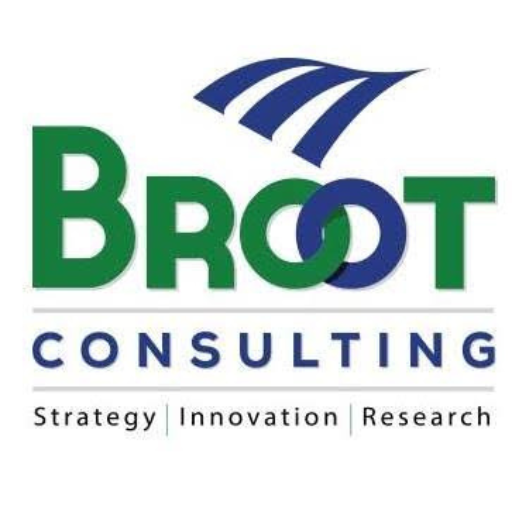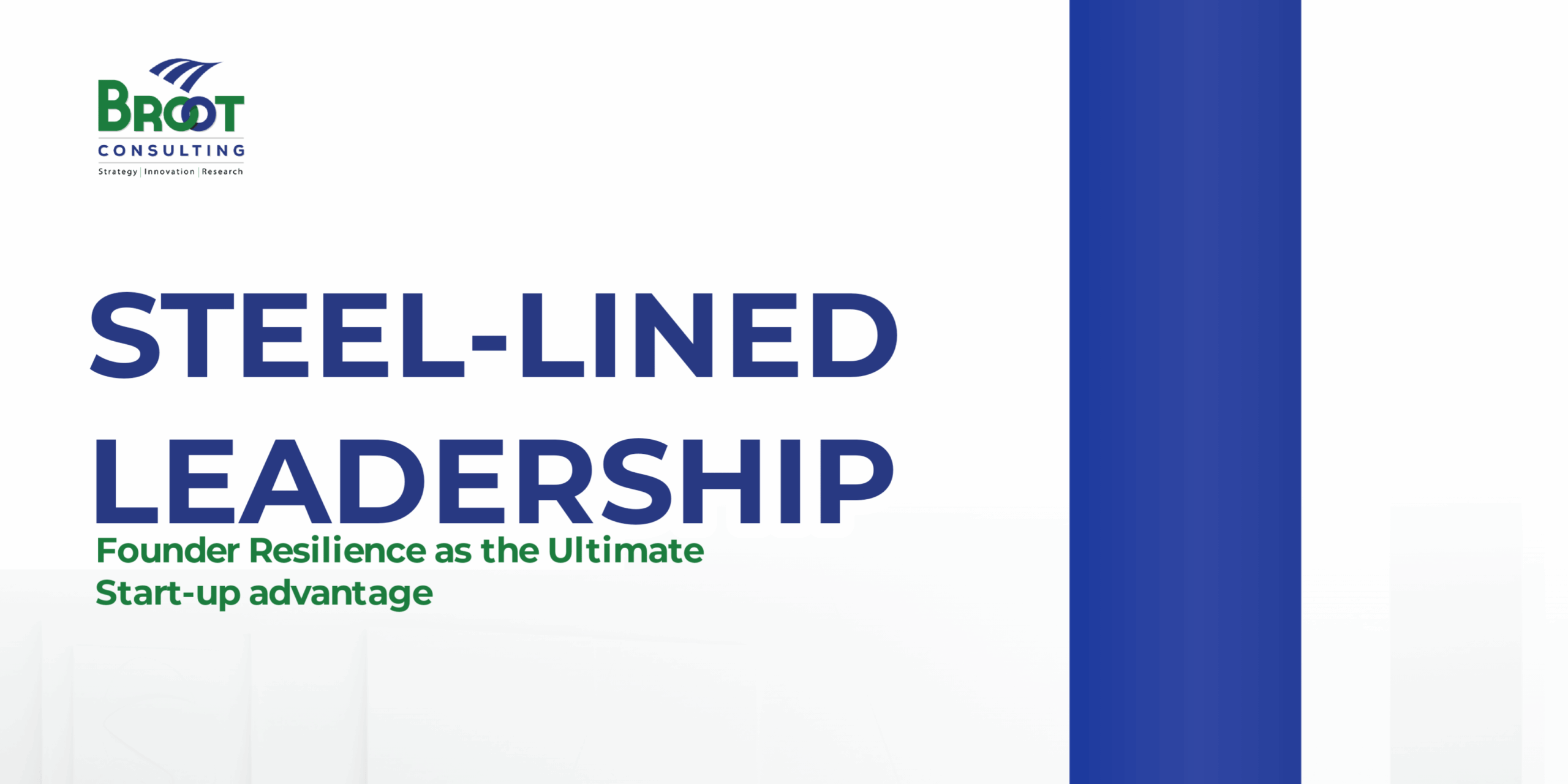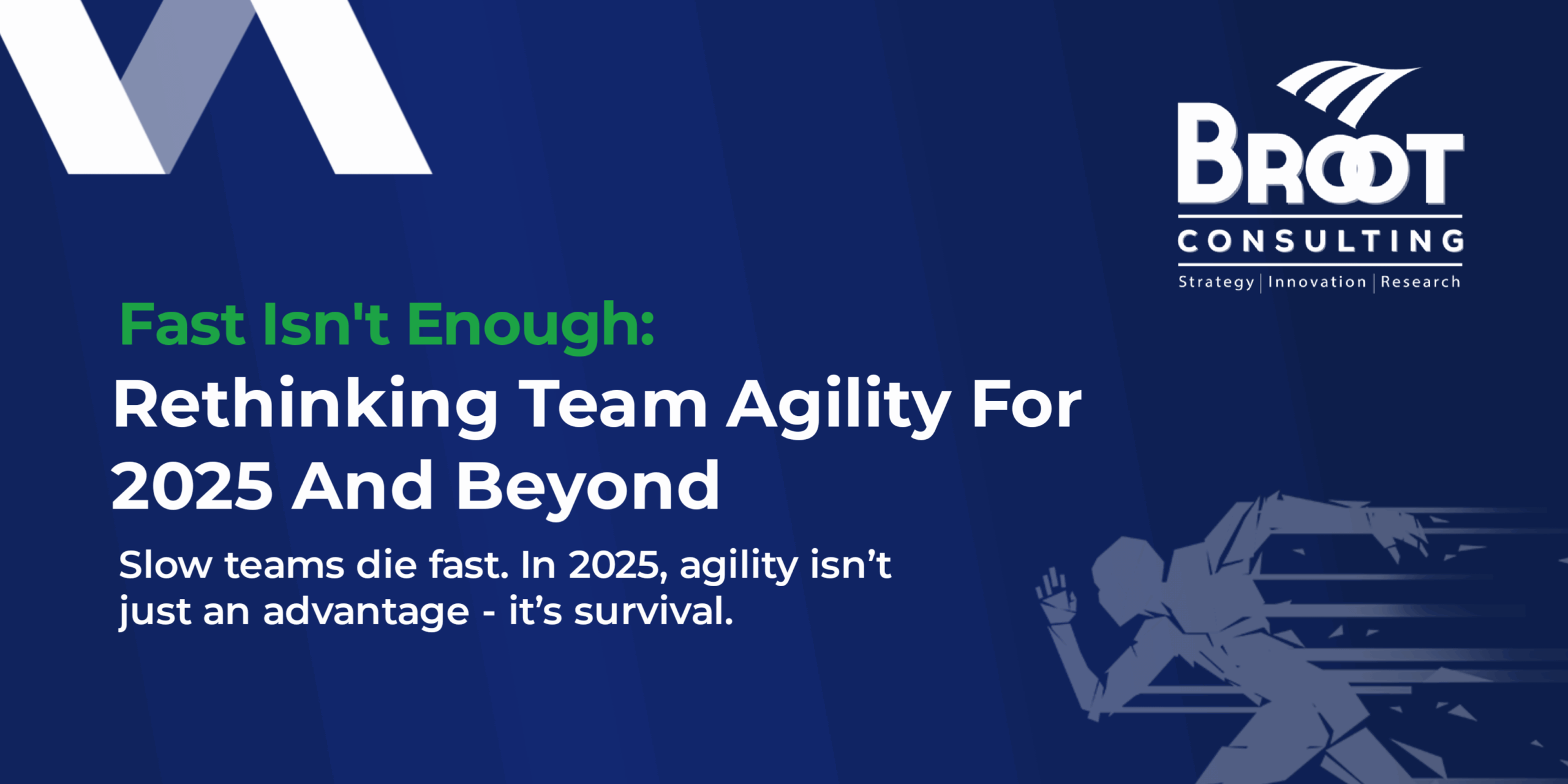‘The organization that can’t communicate can’t change, and the corporation that can’t change is dead.’ Nido Qubein, author and chairman of McNeill Lehman
It was Lawrence Bossidy, the former Chairman and CEO of Honeywell International that once said“ The day when you could yell, scream and beat people into good performance is over. Today you must appeal to them by helping them see how they can get from here to there, by establishing some credibility, and by giving them some reason and help to get there. Do all those things, and they’ll knock down doors.” Getting people to change is a difficult and time-consuming art, with every change initiative comes emotional journeys on both parties and if you seek to communicate the change, ensure your communication is sensitive to people’s emotions otherwise the change initiative may hit the brick wall. Maybe the problem is not that they are afraid of the change but the suspicion that the change had already begun. How do we help them to overcome the suspicion and that the illusion had already begun?
Change is hard, breaking of a habit, coming out of your comfort zone, and getting others to change a particular lifestyle or ways of working and come out of their comfort zone is not any easy task. The first step in initiating change is to communicate change, so how do how tell people that change is coming without causing anxiety, trepidation and fear which eventually leads to change resistance? Effective communication is required for any successful change program. Unfortunately, managers sometimes take this for granted. Resistance can be minimized when people have a deeper knowledge of your change initiative and they are actively involved in the process, even at that you may not be able to completely eradicate pocket of resistance that come from individuals, teams or group that may be negatively impacted.
Ineffective communication is a major barrier to achieving the desired change, communication of the expected change initiatives should not be done haphazardly, it must be thoroughly thought-out with a well curated process that put people at ease and overcome fear and anxiety that always comes with change initiatives.
Communicating Change
In a Gartner Research only 34% of change initiative are successful, 16% gives mixed result while 50% of change initiatives fail. Since change is critical to organizational development, it is important that managers and leaders develop critical skills in communication if they expect to have meaningful result in the change management program. If you desire to develop communication that reduces anxiety and facilitate meaningful engagement, you should pay attention to the following:
Vision Casting session: as I work with clients and facilitate session on strategy, innovation, and leadership, one of my never missed key words is Vision casting. I believe this is a non-negotiable session that must be carefully facilitated by leaders. It encourages two-way communication whereby there is a meaningful exchange of views. Leaders should use the vision casting session to create a trust and supportive environment where people impacted can honestly air their views on the proposed change. Let your subordinate know the vision, give them the opportunity to contribute to it, simply put, let them own the vision! As you do your vision casting, it is important that your session address the following critical questions:
- What problem will the change solve and how will that benefit the organisation?
- What will be the expected new ways of working when the new change initiative is introduced?
- What trade-offs should be expected because of the change initiatives?
- How will the change impact the various aspect of employees’ professional and personal life?
- If people will be negatively impact, what will be the level of that impact and what will the organisation do to minimize the impact
- How will success be defined and what will be the role of each team in achieving the success.
I always ensure that the above six questions are honestly answered because without an authentic response to those question your change initiative will be greeted with scepticism and despair and it may spell doom for the change program.

Communicate story of change initiatives: there are lots of experience to borrow from, leading a change initiative with storytelling is a better way to win your audience emotion and commitment. Storytelling will enable your staff to vividly imagine the desired future states that you try to accomplish, it will give them a memorable experience
Be Conscious of the noise: the reason why your change communication doesn’t get through as intended was because noise has been introduced along the line, therefore what the receiver of your change initiative is hearing is completely different from what you intended. Why do we have so much dispute in interactions? Noise is anything that interferes with the message you are sending to the target group, noise will distort the understanding of the receiver and once that happens, the desired change automatically fails. Ensure at all points to filter the noise and clearly emphasize the message.
Upskill Persuasive Skill:
Some leaders still rely on the traditional approach of say it and it shall be done. The world has change to get your views across you must strengthen your persuasive skill, I like the way Jay Conger described it, he says persuasion is not about selling your idea to convince people to see things from your perspective rather, it is a process of learning from others and negotiating a shared solution. Persuasion is about establishing credibility which you demonstrate through your knowledge, expertise, and evidence. People need to be convinced, if they don’t see you as credible your story or presentation becomes meaningless. Conger pointed out that credibility grows, out of two sources: expertise and relationships. I like to focus on relationship because for me relationship is everything. In your art of persuasion, you must ensure you have a great relationship with people, they must be convinced that you are listening to them, have their interest at heart and that your change initiative is in the overall interest of the organization. Don’t fall into the trap of starting the conversation with a strong position, then use fact and evidence to convince people of your position, most times this approach is a tune off for people and it enables them to build strong resistance.
Establishing strong sense of urgency is a critical step in driving successful change initiatives, if the target people do not feel the sense of urgency, apathy will kick-in, and complacency will become the order of the day. Every effort to change the ways of working will become a serious lag. So how do you communicate a strong sense of urgency to your staff so that they become desirous of adapting,
Conclusion
To communicate your change program effectively ensure that it at least follows the concept of AIDA model (Attention, Interest, Desire, and Action). Does your communication grab the attention of your audience, or did it hit the brick wall? To grab their attention be authentic, passionate, and illustrative. Follow this is to speak to the interest of the target group. Ensure they understand what the proposed change involves, it should provide detailed, relevant, and specific information to your audience. The third factor is desirability, your message should help your audience to move beyond being told what to do to a state where they on their own seek for engagement with the change initiatives. And finally, Action, if your message does not move them to act then it has failed. Your message should move them to be actively involved in the change project.
In conclusion, communication is key to any change vision. To ensure that the change is preserved, have a shared vision, use the right communication channel, have a simple message, and clarify any grey areas identified.

Olukunle A. Iyanda PhD, FCA, SNFLI.
Founder/CEO, BROOT Consulting Nigeria Limited.
Human-Centric Design Led Innovation Consultant.




